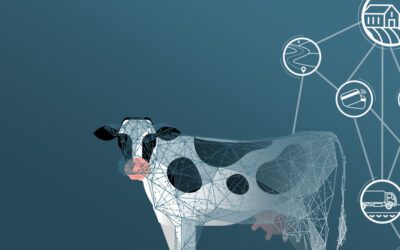Gathering orders and raw material availability in real-time
Developing production plans and raw material requirements
Identifying and executing the best available contract and spot deals
Securing spot and contract hauling at the best possible price
Ensuring product is picked up and delivered on time
Settling weights and tests to pay haulers accurately
All these processes are opportunities to capture valuable historical data for subsequent benchmarking and potential improvement of every aspect of supply chain performance.
Challenges in Accessing and Harnessing Value from the Latest Technology
We are all paid to make things better, right? Cutting costs, utilizing assets, eliminating wasted time and people are all central to the mission. However, because the supply chain is such a complex, integrated system, improving one part of the system must be done in the context of its impact on and connection (or lack of) to every other moving part.Because the supply chain is such a complex, integrated system, improving one part of the system must be done in the context of its impact on and connection to every other moving part.


